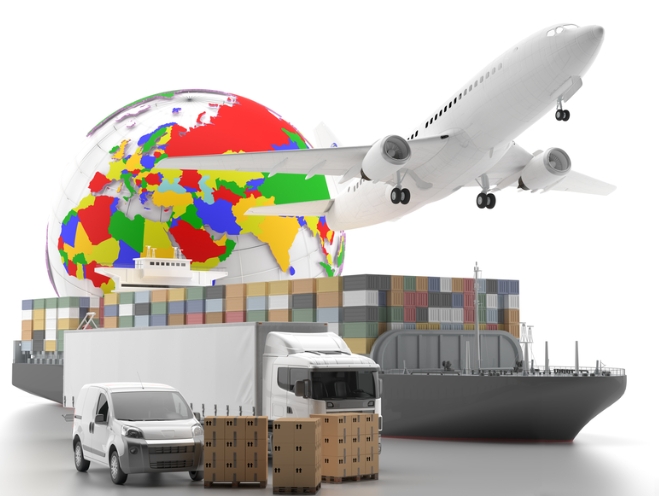In today's fast-paced world, efficient transportation plays a pivotal role in connecting people, goods, and ideas across the globe. As technology continues to advance, the quest for the most efficient mode of travel has become a hot topic of discussion. In this blog post, we will explore various transportation options and unveil the world's most efficient mode of travel, considering factors such as speed, energy consumption, environmental impact, and overall effectiveness.
- The Evolution of Transportation:
To understand the concept of efficiency in transportation, it is essential to delve into the evolution of various modes of travel. From ancient times when humans relied on foot travel to the invention of the wheel, the steam engine, and the automobile, transportation has come a long way. Each innovation aimed to enhance efficiency, but which mode reigns supreme today? - Analyzing Traditional Modes of Transportation:
a) Road Transportation: While road networks are extensive and accessible, they often suffer from congestion, resulting in time delays and increased fuel consumption. However, advancements in electric and autonomous vehicles are revolutionizing road transportation, making it more efficient and sustainable.
b) Rail Transportation: Trains have long been considered an efficient mode of travel for both passengers and freight. With high-speed rail networks and advancements in maglev technology, trains offer a balance between speed, capacity, and energy consumption.
c) Air Transportation: Airplanes have transformed global connectivity, enabling rapid travel across continents. However, the high fuel consumption and carbon emissions associated with air travel pose significant environmental challenges, limiting its overall efficiency. - Unveiling the Most Efficient Mode of Travel:
After careful consideration, it becomes evident that the most efficient mode of travel in the world today is high-speed rail. Here's why:
a) Speed: High-speed rail systems, such as the Japanese Shinkansen and the French TGV, can reach speeds of over 300 km/h (186 mph), rivaling or even surpassing some domestic air travel times.
b) Energy Consumption: Compared to airplanes, high-speed trains consume significantly less energy per passenger-kilometer, making them more environmentally friendly and cost-effective.
c) Capacity: High-speed rail systems can accommodate a large number of passengers, reducing the need for multiple flights or road trips, thus minimizing congestion and optimizing efficiency.
d) Safety: With advanced safety features and dedicated tracks, high-speed rail has an excellent safety record, providing peace of mind to passengers. - The Future of Efficient Transportation:
While high-speed rail currently holds the title of the most efficient mode of travel, ongoing technological advancements and innovations may disrupt this status quo. Concepts such as hyperloop transportation, electric vertical takeoff and landing (eVTOL) aircraft, and autonomous vehicles are promising alternatives that could redefine efficiency in transportation.
Conclusion:
In the quest for the most efficient mode of travel, high-speed rail emerges as the current champion. Its combination of speed, energy efficiency, capacity, and safety make it a formidable contender. However, as technology continues to evolve, the future may hold even more efficient transportation options. By embracing innovation and sustainability, we can shape a future where transportation is not only efficient but also environmentally friendly and accessible to all.

